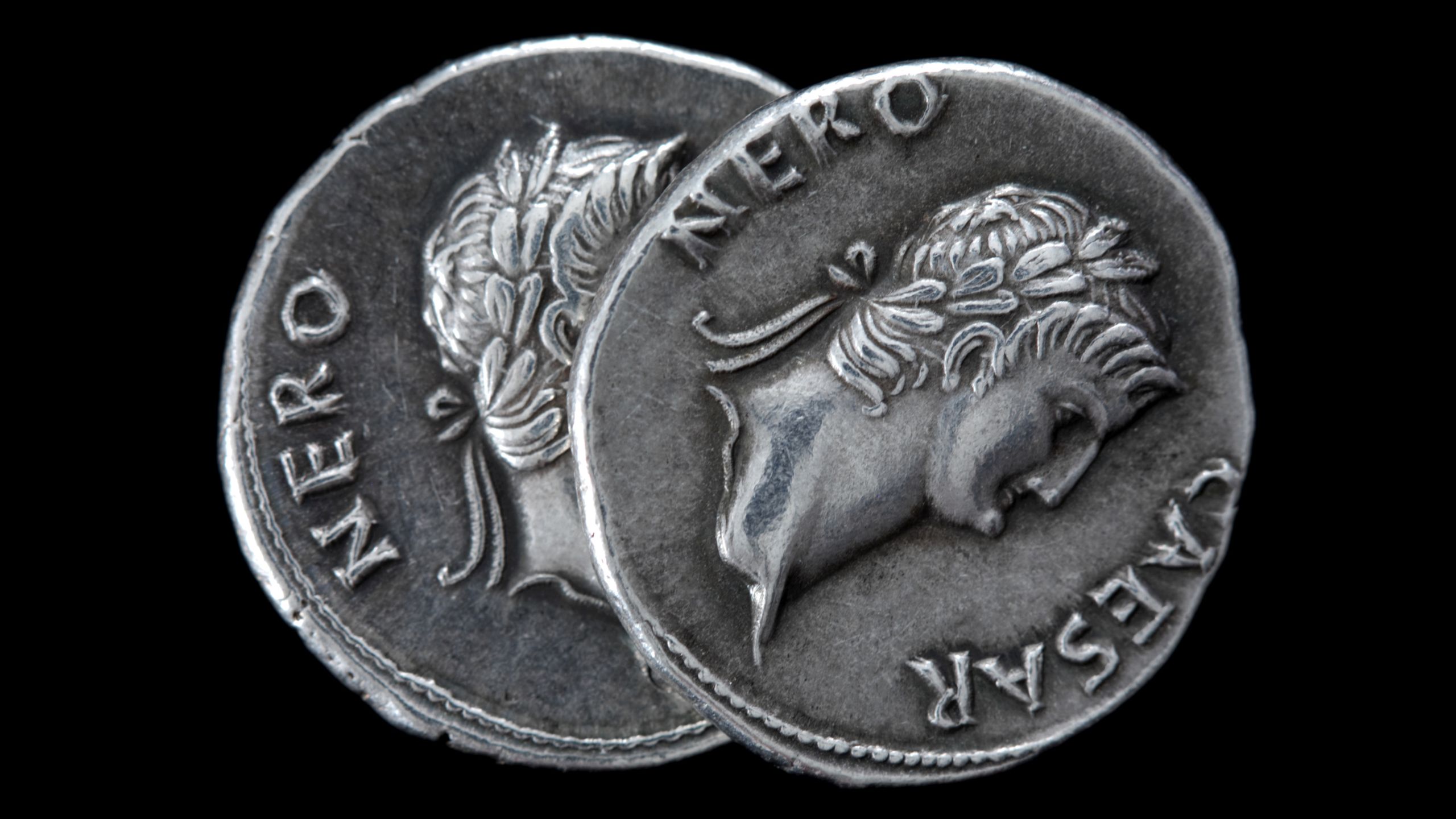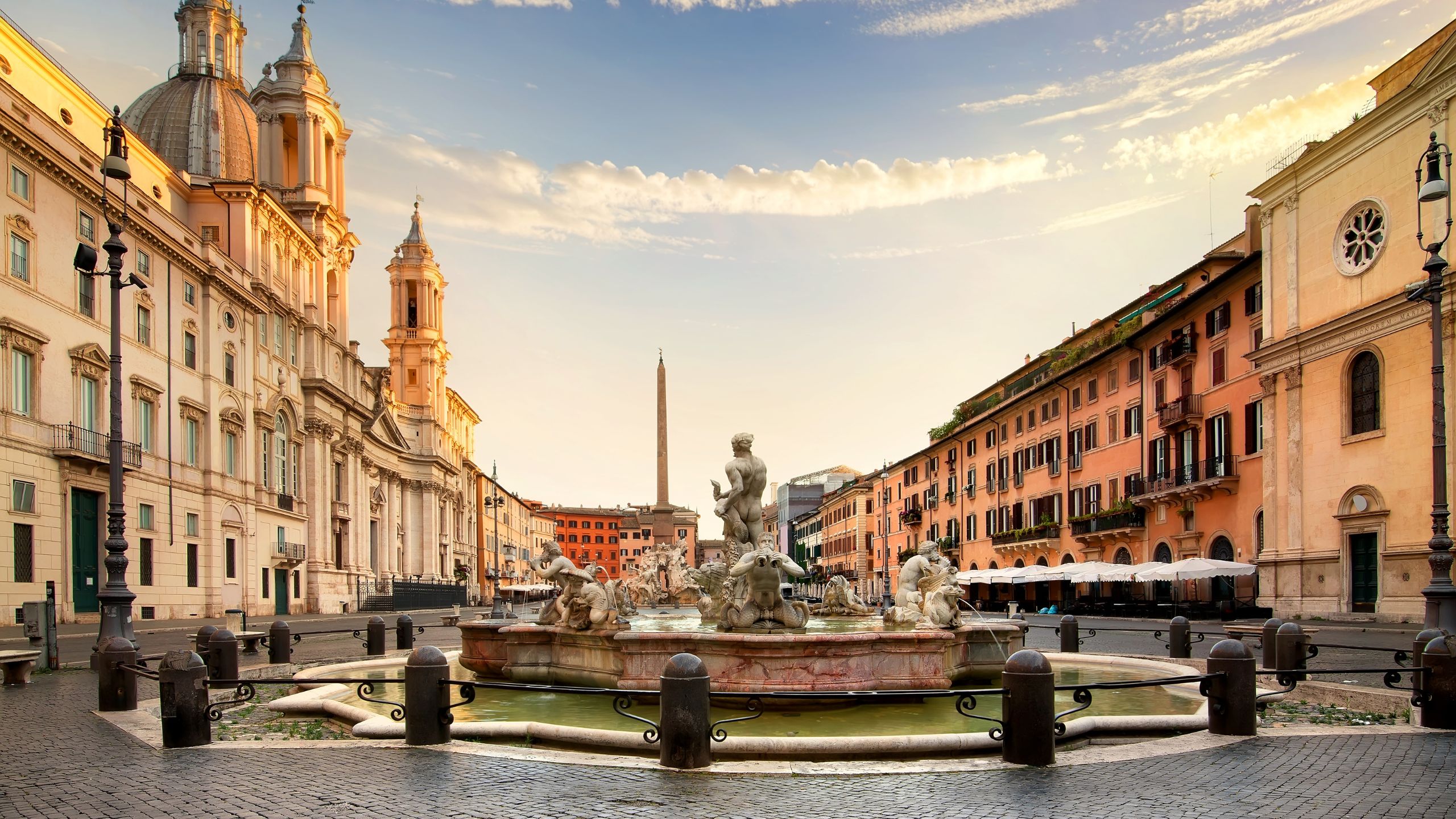Secrets of Rome: The legendary Nero's Theater
Imagine walking through the streets of ancient Rome, immersed in an era of grandeur and splendor. We are in the 1st century AD, under the reign of Emperor Nero, a period of intense artistic and cultural activity. Among the imposing structures that dominate the city, the Domus Aurea stands out, the sumptuous imperial residence, the heart of an extraordinary architectural complex. Right here, among lush gardens and richly decorated halls, rose Nero’s Theater, a place of spectacle and wonder, destined to leave an indelible mark on history.
Splendor and Art from the Past
Built with the intent to showcase the emperor’s power and artistic taste, Nero’s Theater was considered a true architectural gem. Nero, known for his love of music and poetry, not only sponsored the performances but often participated personally as an actor and singer. This passion, although criticized by many contemporaries for its ostentatious vanity, helped make the theater an iconic place, a symbol of the fusion between political power and artistic culture.
The structure of Nero’s Theater was designed to impress. The seating of the cavea could accommodate a large number of spectators, all able to enjoy a perfect view of the stage thanks to careful acoustic and visual design. The theater was adorned with fine marbles, statues and frescoes depicting deities and mythological scenes, a testament to the refined taste and opulence of the era.
For centuries, Nero’s Theater remained shrouded in mystery. Its traces were buried under layers of earth and new buildings that arose in subsequent centuries. During the restoration work of the Palazzo della Cancelleria, archaeologists found remains that revealed crucial details about the architecture and use of spaces in the theater, confirming many historical descriptions handed down by ancient authors.
The Charm of the Ruins
This site, less known compared to other Roman monuments like the Colosseum or the Pantheon, offers a unique perspective on daily life and the artistic passions of ancient Rome. It is a place that testifies to the importance of theater in Roman society and the central role that art and culture played in the life of the empire.
Visiting the remains of Nero’s Theater today means taking a step back in time, immersing oneself in the life of ancient Rome. Walking among the ruins, you can almost hear the echo of the spectators’ voices and the roar of applause that once filled the air. The stones themselves seem to tell stories of a glorious past, made of grand spectacles and moments of great emotion.
Guided tours allow you to explore the archaeological remains, offering a unique opportunity to closely observe the architectural and artistic details that characterized the theater. Thanks to digital reconstructions and informative panels, visitors can get a complete view of how the theater must have appeared in its golden age.
Discover Rome with New Eyes
Nero’s Theater is one of Rome’s many treasures capable of telling stories of power, art, and passion. Visiting this site offers a different and fascinating perspective on one of the most interesting eras in Roman history.
Don’t miss the chance to discover Nero’s Theater and immerse yourself in a less known but equally fascinating chapter of Rome’s history. Every stone, every fragment tells a story, and by visiting these places you can experience something that goes beyond simple tourism, becoming part of a millennial narrative that continues to live and inspire.




